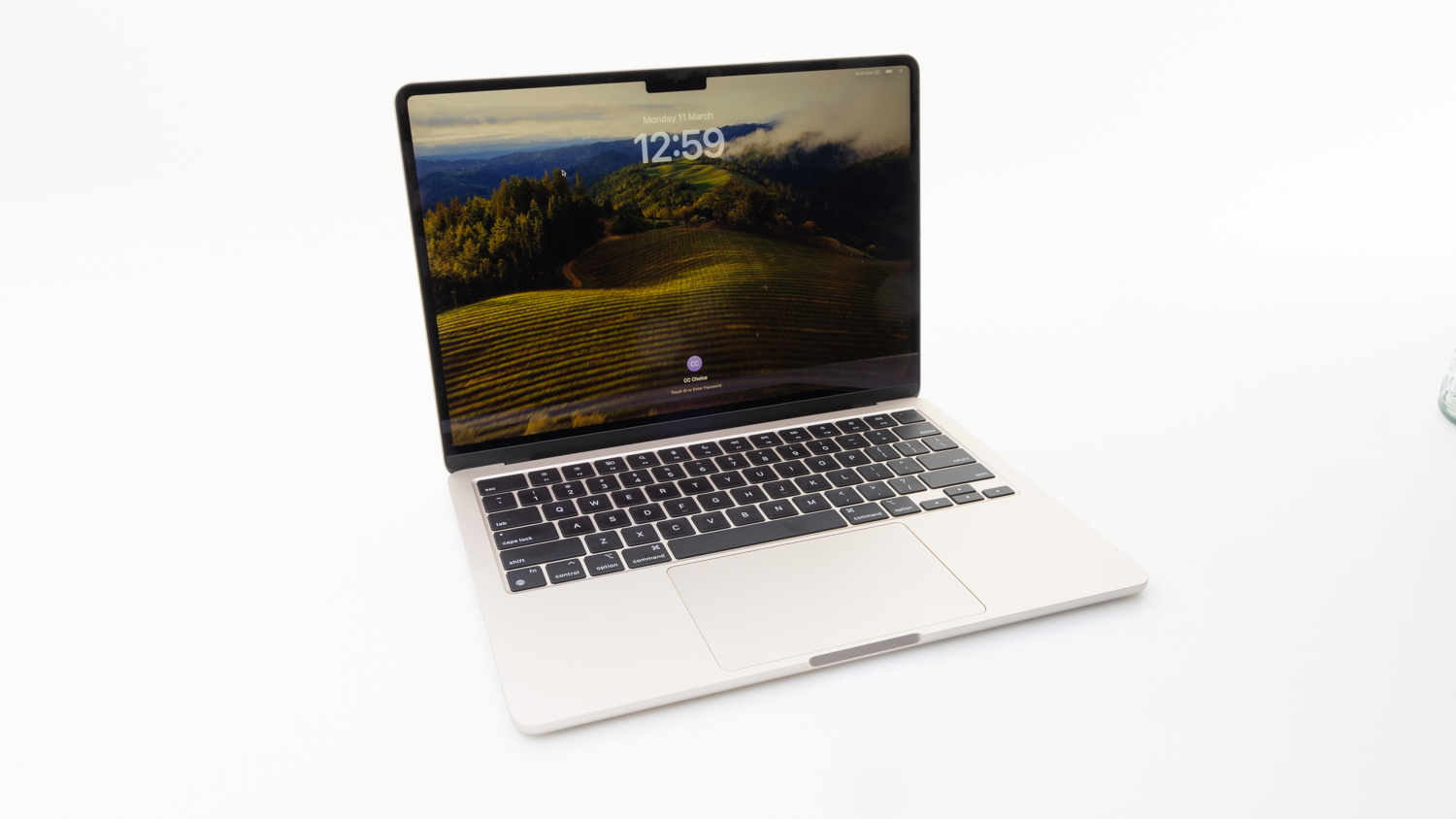Introduction to Mac Screenshots
When it comes to technology tips, many users often search for how to take a screenshot on Mac because it is one of the most essential skills needed in daily computer use. Whether you are saving an important document, capturing an error message, or simply wanting to share a funny meme with friends, learning how to take a screenshot on Mac is a quick solution. Some people may think that how to take a screenshot on Mac is difficult, but with the right guidance, the process becomes very easy. If you are new to Apple devices, understanding how to take a screenshot on Mac may feel overwhelming at first, yet it only takes a few steps. This guide is designed to show you how to take a screenshot on Mac with clear instructions. You don’t need to download any special apps to learn how to take a screenshot on Mac, since the Mac operating system has built-in shortcuts. With KnowToMac, we will explain how to take a screenshot on Mac step by step, so you can master it quickly. By the end of this guide, you will have no problem when someone asks you how to take a screenshot on Mac because you will already know the methods. That is why this article about how to take a screenshot on Mac is here to save you time and effort.
Why Knowing Screenshots Matters
Understanding how to take a screenshot on Mac is important for students, professionals, and casual users alike. Screenshots allow you to capture evidence, create tutorials, or simply store something for later. Instead of writing notes or explaining something complicated, knowing how to take a screenshot on Mac makes communication faster and clearer. For example, if you are working with a client and want to show them a specific section of a project, using the knowledge of how to take a screenshot on Mac provides instant clarity. Similarly, teachers and trainers often rely on how to take a screenshot on Mac to prepare study material. In professional environments, how to take a screenshot on Mac can also help in bug reporting or technical support. This proves that once you know how to take a screenshot on Mac, it will benefit you in many aspects of daily computing life.
Different Screenshot Methods
There are multiple ways to practice how to take a screenshot on Mac, and each method serves a unique purpose. The most common way of learning how to take a screenshot on Mac is by using keyboard shortcuts. For instance, pressing Command + Shift + 3 is the basic method of how to take a screenshot on Mac when you need the full screen. If you only need a part of the screen, then the shortcut Command + Shift + 4 shows you how to take a screenshot on Mac by selecting the area with your cursor. For capturing a specific window, the combination Command + Shift + 4 + Space teaches you another way of how to take a screenshot on Mac. Mac users also have access to the Screenshot app, which further expands the options for how to take a screenshot on Mac. Whether you prefer keyboard shortcuts or built-in applications, the knowledge of how to take a screenshot on Mac remains consistent and reliable.
Editing and Saving Screenshots
After you learn how to take a screenshot on Mac, the next step is understanding where your files go. Typically, once you know how to take a screenshot on Mac, the image is automatically saved to your desktop. However, you can also change the settings if you frequently use how to take a screenshot on Mac and want the files to appear in another folder. Additionally, the screenshot preview feature makes how to take a screenshot on Mac even more useful by allowing quick edits like cropping or adding annotations. This is particularly helpful when you practice how to take a screenshot on Mac for presentations or educational material. By managing your screenshots efficiently, you improve productivity and maximize the benefits of knowing how to take a screenshot on Mac.
Practical Uses of Screenshots
There are countless practical reasons to learn how to take a screenshot on Mac. Business professionals often use screenshots in reports, while students use them to capture online references. Gamers and creative professionals also benefit from mastering how to take a screenshot on Mac, since it helps document achievements or preserve design drafts. In customer support, the ability to demonstrate issues clearly with how to take a screenshot on Mac makes troubleshooting faster. Even in casual conversations, friends share jokes or information easily once they know how to take a screenshot on Mac. This wide range of uses proves that investing a little time in learning how to take a screenshot on Mac pays off in multiple situations.
Troubleshooting Common Problems
Sometimes users face small issues while practicing how to take a screenshot on Mac. One common problem is not finding the saved file, which can be solved by remembering where how to take a screenshot on Mac stores images by default. Another issue is keyboard shortcuts not responding, which might require checking settings related to how to take a screenshot on Mac in the system preferences. Rarely, software conflicts can interfere with how to take a screenshot on Mac, but restarting the device usually fixes it. By knowing these solutions, you ensure that how to take a screenshot on Mac always works smoothly without frustration.
Conclusion: Mastering Screenshots with Ease
By now, it is clear that learning how to take a screenshot on Mac is both quick and easy. With keyboard shortcuts, built-in tools, and KnowToMac guidance, anyone can master how to take a screenshot on Mac within minutes. From professional tasks to casual sharing, the skill of how to take a screenshot on Mac adds convenience to everyday computer use. The more you practice how to take a screenshot on Mac, the more natural it becomes, turning a simple function into a powerful tool. Whether you are new to Apple devices or a long-time user, knowing how to take a screenshot on Mac ensures you never miss capturing what matters most.











Leave a Reply